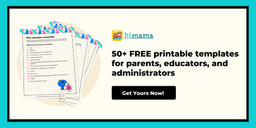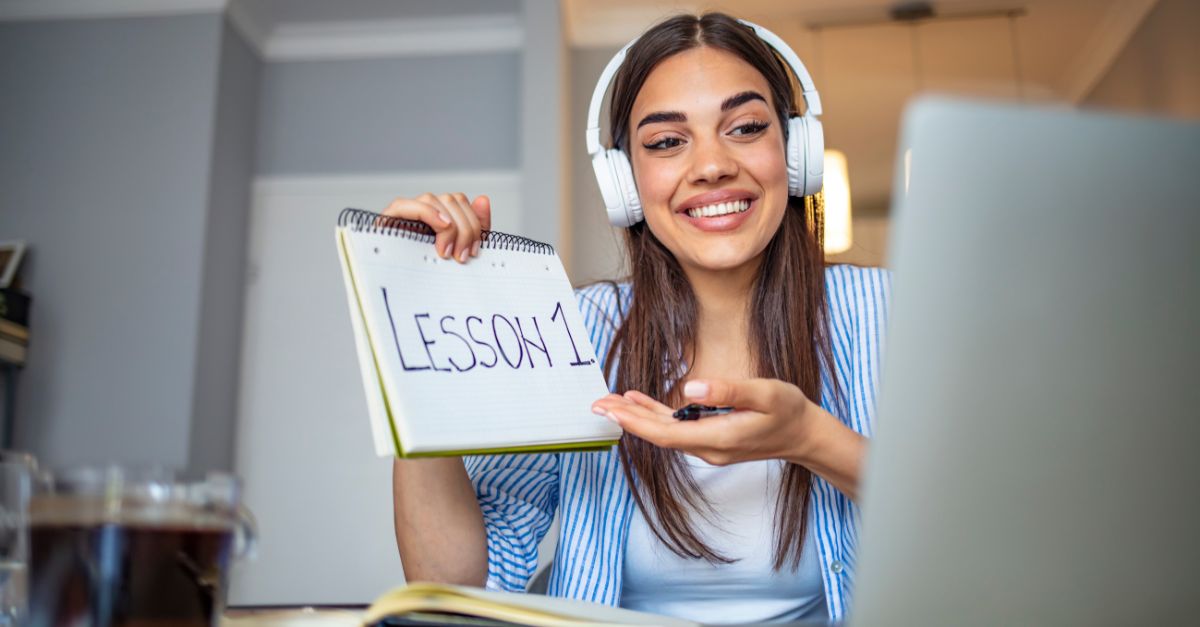How to protect your energy and time as a teacher
At the start of my teaching career, I was so consumed by my work that I stopped exercising, declined invitations to social events, and rarely saw my family. Instead, I would come home after an exhausting day at school and stress over student issues, staying up and creating lesson plans into the wee hours of the morning.
It didn’t take long for me to burn out and to start questioning who I was outside of the classroom. And you know what? I wasn’t a better teacher as a result of all that work. In fact, with my energy depleted and my patience running low, I was on edge all the time. My co-workers and my students – not to mention my friends and family, and my own mental and physical health! – all suffered.
If we, as educators, don’t give ourselves a break to reset, refresh and renew our energy, the only result will be burnout.
Here are three steps I took after that first year as a full-time classroom teacher that helped me to protect my energy and time and to start to live the life I envisioned for myself and everyone around me.
1. Setting boundaries
We’ve all been there, and it’s challenging. The voices inside you are saying, “but everyone expects so much of me!” “My to-do list is impossibly long! How can I stop and just relax?” “If I want to succeed I just need to work all the time! It’s too hard to make time for everything.” Setting boundaries can seem impossible.
How to set boundaries as a teacher:
- Start small, with one new boundary
- Figure out how you can hold yourself accountable to that new boundary
- What needs to change and how can you prioritize differently?
- Who do you need to tell?
Let’s say you decide that you will try to only work during your contracted hours. If you set this boundary, you’d want to figure out how you can manage your day differently so that it doesn’t feel overwhelming. That means prioritizing.
What are the non-negotiable, most urgent tasks? Can you accomplish some of them when you are at school instead of waiting to do them when you get home? If you do need to work at home, can you set aside a certain amount of time to accomplish a specific list of tasks and NOT check other emails or answer phone calls or walk the dog during that time? And when your time is up, can you then leave the work and do something fun?
Boundary setting is a powerful tool that can help you protect both your time and energy as an early childhood educator. To learn more about boundary setting, you can use this Boundaries to Confidence Guide to provide you with actionable steps you can take to start setting boundaries in life and in the classroom.
2. Self-care through “Me” time
Before you stop reading this because you’re thinking to yourself, “I don’t have time”, I’m going to challenge you to keep going and have an open mind. Without self-care, you put everyone else’s needs in front of your own, you don’t show up as your best self, and you’re short with those you love.
Is that really how you want to live life?
Self-care is a popular word, especially today when so many are going up against hustle culture. Here’s how I define self-care: it is a practice you have, doing activities that bring you joy and make you happy. These activities are not related to your work or related to any responsibilities at home.
You can start putting a self-care routine into play by doing the following:
- Start small. You can start with incorporating self-care for 5 minutes each day.
- Figure out what that self-care will look like for you.
- How will you hold yourself accountable? Who will you tell?
- How can you make sure self-care is non-negotiable on your to-do list?
Examples of teacher self-care:
Self-care is another tool teachers should have under their belt. As educators, our time is precious. What if you filled the time you were going to sit and scroll social media with meditation or a workout? Don’t expect to feel okay doing a self-care activity for just one hour each day. You’ll find some activities that are in the self-care category below:
- Work out (at home or at the gym)
- Read for fun
- Meditate
- Dance
- Go out with friends
- Date night
Which will you choose?
2. Journaling practice for gratitude and reflection as a teacher
I started to incorporate a journaling practice filled with gratitude and reflection. Every person has their own reason for not starting their own practice of journaling. Mine was “I don’t have time” and “I don’t want to feel those feelings right now.” Sound familiar?
Benefits to journaling include:
- Boosting your mood
- Allowing you to get to know yourself better
- Decreasing stress
- Giving you the ability to see things from a different point of view, and
- Boosting self-confidence
How to start journaling
- Get a new journal for the new year (it’s not too late!)
- Give yourself 5 minutes to write about anything that comes to mind (you can time yourself, if that’s something you feel is necessary)
- Write freely, with no judgment
I started journaling more consistently in 2022. I was transitioning from being a full-time employee to an entrepreneur. I felt more lost than I ever had and I went through some financial hardships I’d never experienced in my life. Journaling helped me to recognize my feelings, recognize that I needed help coping with those feelings, and learn more about myself than I have in 30 years.
Journaling is an action you can take to change your mindset. It is a way for you to work through any emotions, make hard decisions and reach any goals you’ve set for yourself. Journaling is a powerful tool to help you in life and in your teaching career. Imagine what you can do if you start a journaling practice full of reflection and gratitude.
Dive into reflection with my A Guide to Reflection for Teachers where I explore reflective practices as an educator and give you journal prompts related to classroom events and experiences.


